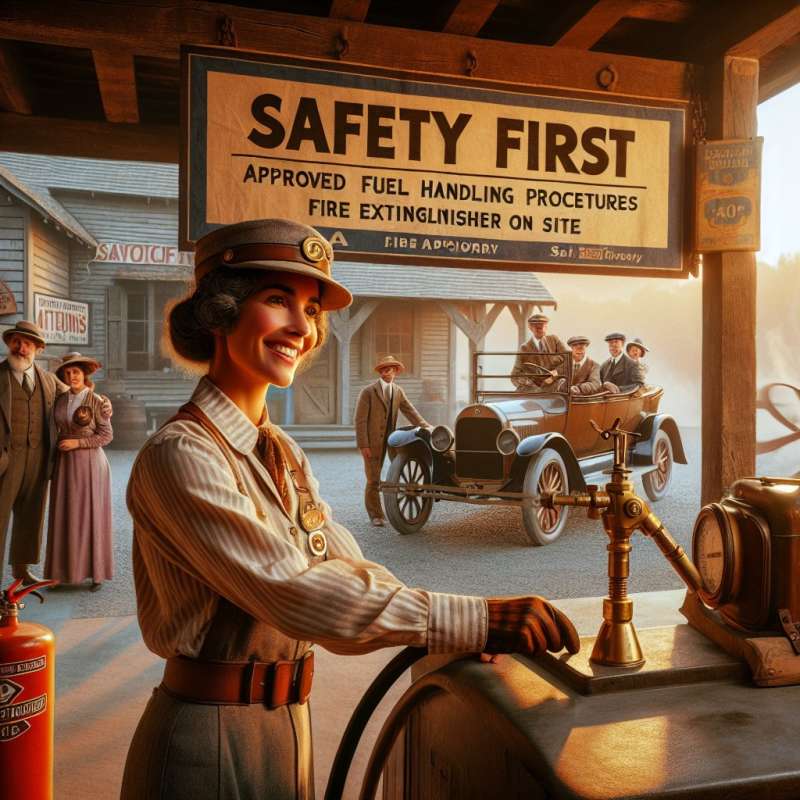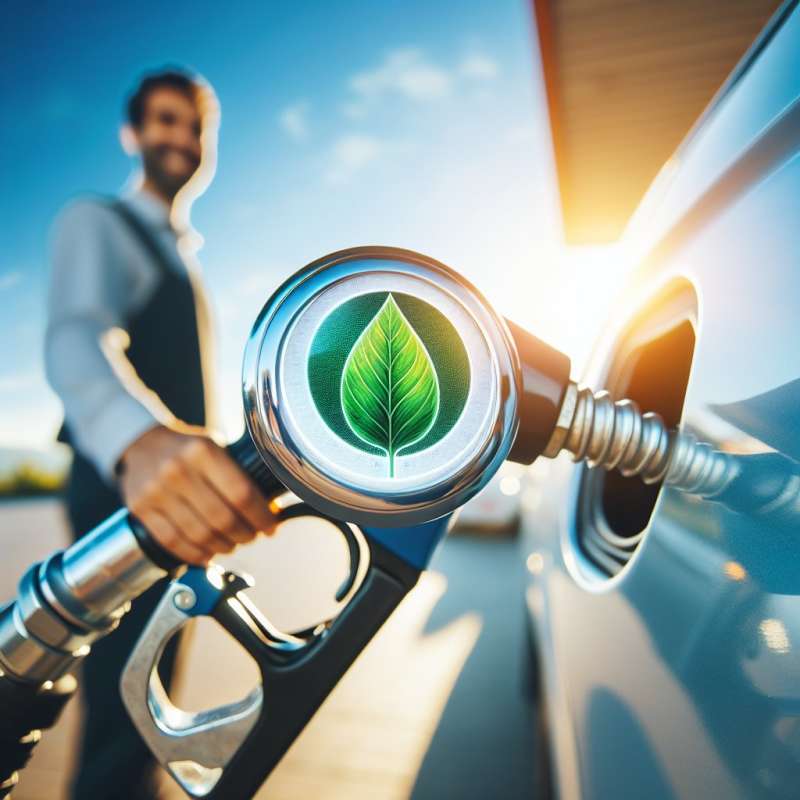
History of Safety Standards
The first gasoline safety standards emerged in the 1920s, driven by rising automobile usage. They focused on preventing fires and ensuring safe fuel storage and dispensing at service stations.
Underground Storage Innovations
In the 1980s, fiberglass tanks replaced steel to prevent leaks. Double-walled tank designs with leak detection sensors now provide early warnings, drastically reducing soil and groundwater contamination risks.
Vapor Recovery Systems
Vapor recovery systems were mandated in many areas by the 1990s to capture fumes released when fueling vehicles, reducing air pollution and lowering explosive hazards at the pump.
Automatic Shut-off Nozzles
Developed to prevent overfilling, automatic shut-off nozzles have been instrumental in reducing spills. Their introduction has sharply decreased fire risks and environmental damage at gasoline stations.
Emergency Response Protocols
Modern stations are equipped with emergency shutoffs accessible at multiple points. Staff undergo rigorous training for scenarios ranging from fires to chemical spills, ensuring rapid and coordinated responses.
Fuel Dispenser Technology
Recent advances include breakaway hose couplings that prevent fuel spills during drive-offs and contactless payment options that minimize the risk of static electricity igniting fumes.
Regulatory Bodies & Compliance
Safety standards are governed by organizations like OSHA and the EPA. Stations must comply with stringent regulations, with regular inspections to ensure adherence to health, safety, and environmental protection protocols.
What initiated gasoline safety standards?
Automobile usage rise in 1920s
Introduction of fiberglass tanks
Mandate of vapor recovery systems
Company